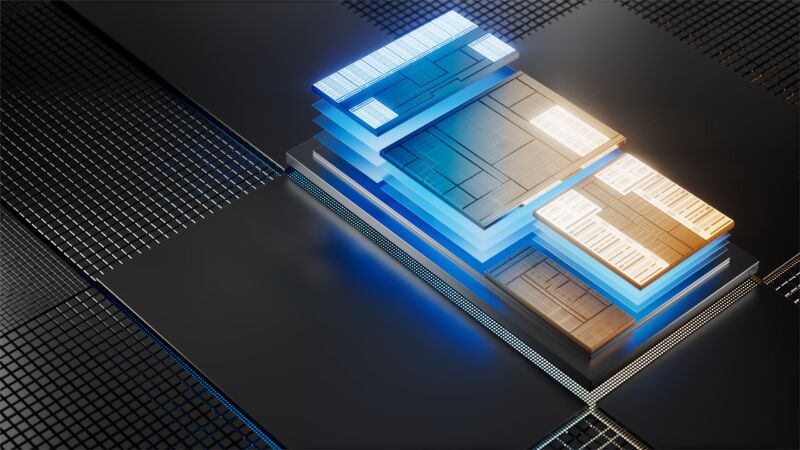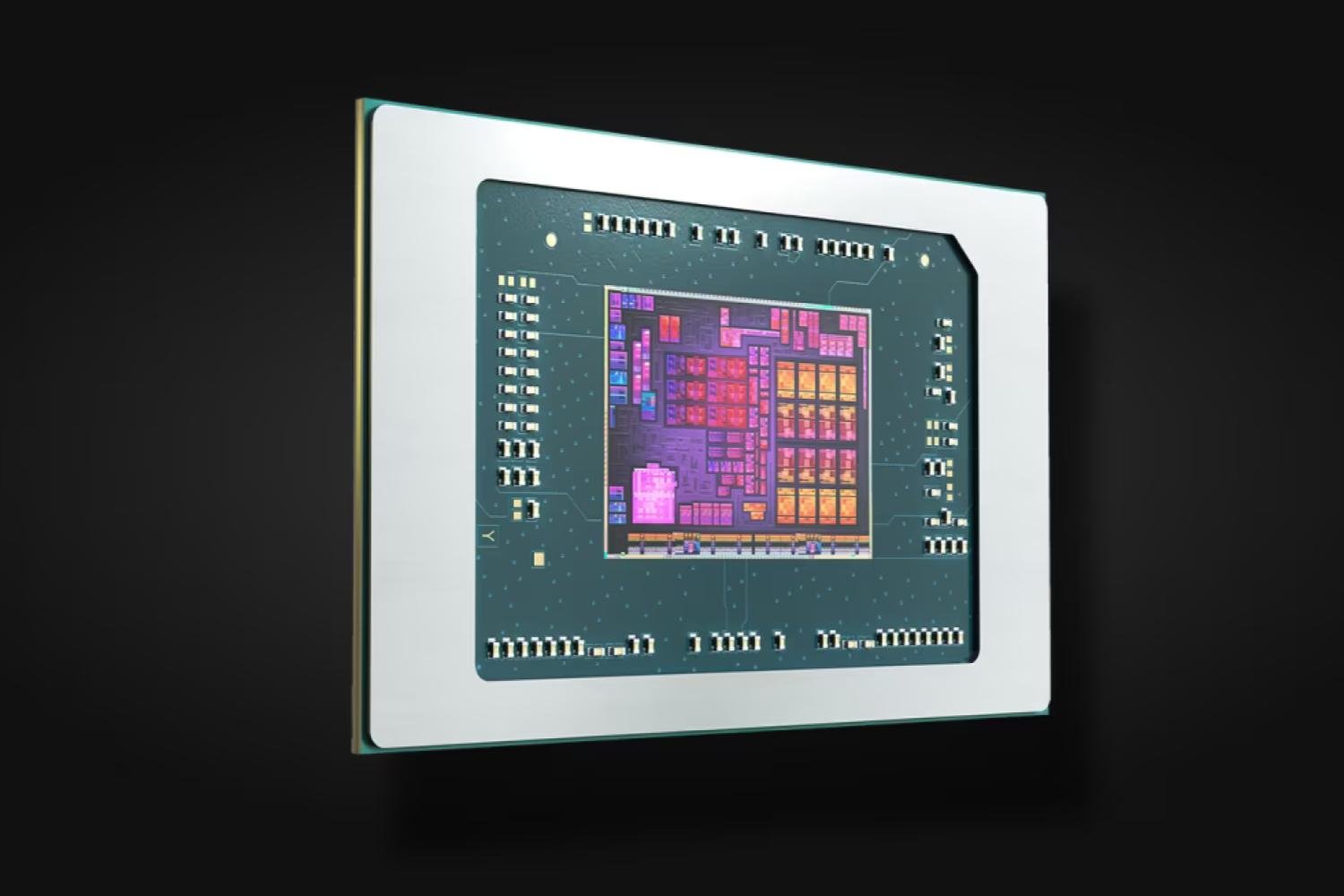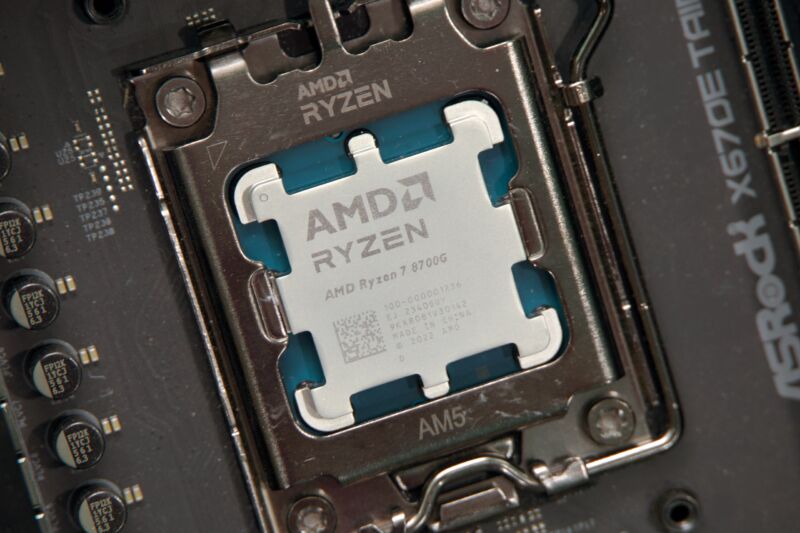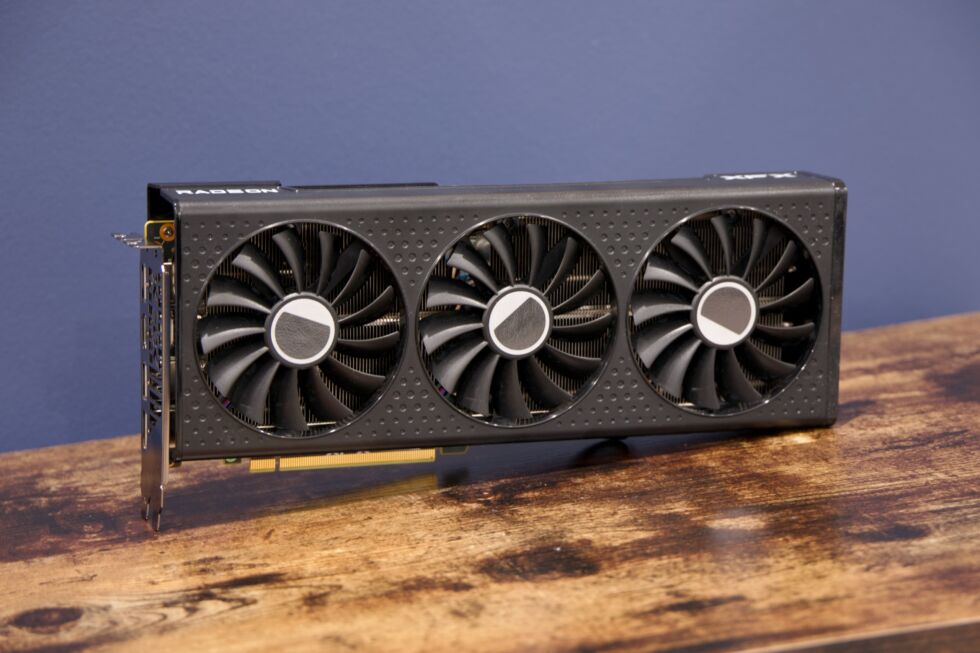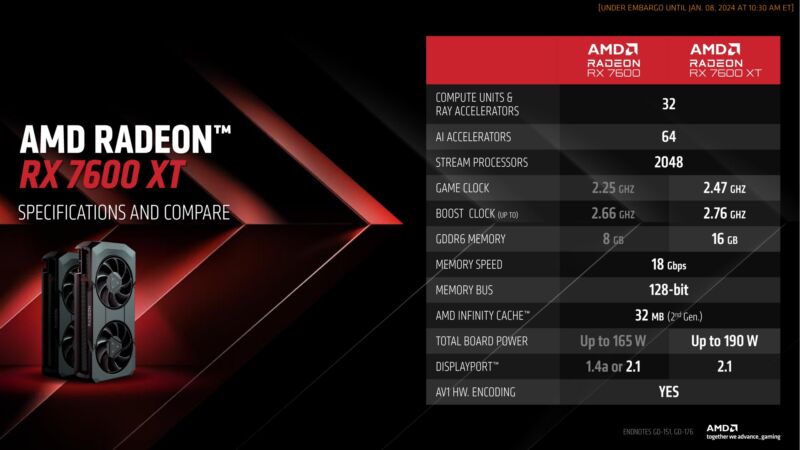-
 chevron_right
chevron_right
Review: AMD Radeon RX 7900 GRE GPU doesn’t quite earn its “7900” label
news.movim.eu / ArsTechnica · Wednesday, 28 February - 12:00
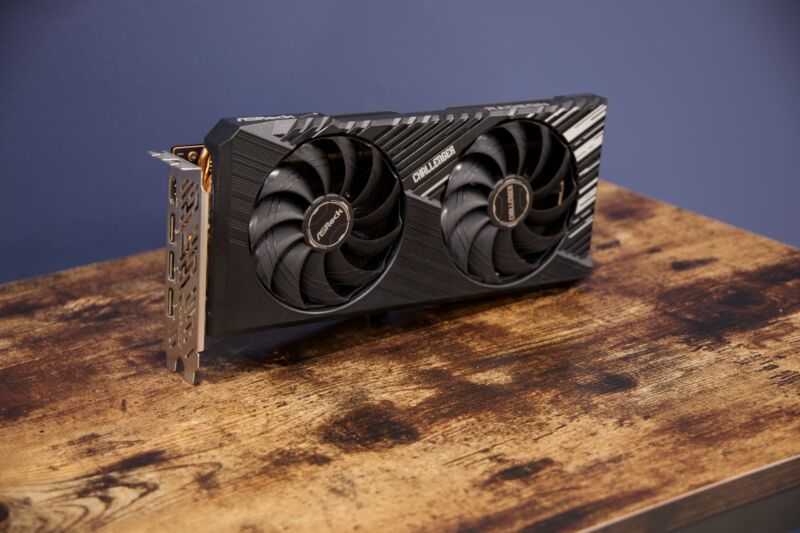
Enlarge / ASRock's take on AMD's Radeon RX 7900 GRE. (credit: Andrew Cunningham)
In July 2023, AMD released a new GPU called the "Radeon RX 7900 GRE" in China. GRE stands for "Golden Rabbit Edition," a reference to the Chinese zodiac, and while the card was available outside of China in a handful of pre-built OEM systems, AMD didn't make it widely available at retail.
That changes today—AMD is launching the RX 7900 GRE at US retail for a suggested starting price of $549. This throws it right into the middle of the busy upper-mid-range graphics card market, where it will compete with Nvidia's $549 RTX 4070 and the $599 RTX 4070 Super, as well as AMD's own $500 Radeon RX 7800 XT.
We've run our typical set of GPU tests on the 7900 GRE to see how it stacks up to the cards AMD and Nvidia are already offering. Is it worth buying a new card relatively late in this GPU generation, when rumors point to new next-gen GPUs from Nvidia, AMD, and Intel before the end of the year? Can the "Golden Rabbit Edition" still offer a good value, even though it's currently the year of the dragon?

